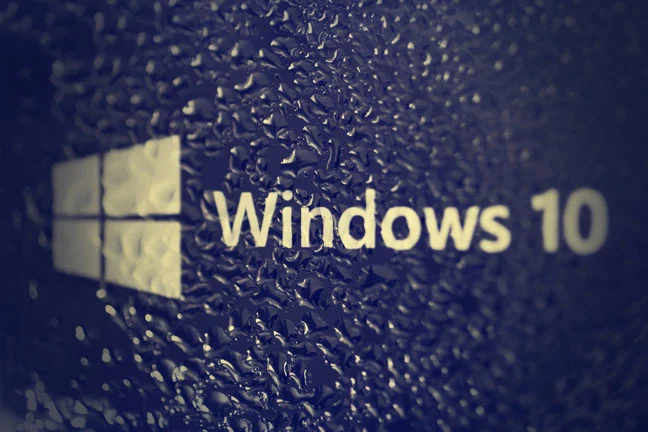
Windows 10 turns 10: No compatibility chaos
How did your country report this? Share your view in the comments.
Diverging Reports Breakdown
Windows 10 turns 10: No compatibility chaos
It has been ten years since Microsoft made Windows 10 generally available. With mere months left until the plug is unceremoniously pulled on support for many versions, let’s take a look at how the last decade went for the one-time flagship operating system.Windows 10 arrived at a difficult time for Redmond. After riding high on the back of Windows 7, the company tripped up with Windows 8 and its tiled touch-first approach. Windows 10 was Microsoft’s attempt to redeem itself, and… it mostly did. It was also the last hurrah for Windows Phone, which was still a thing when the operating system made its debut. In 2015, there were still glimmers of hope that Windows Mobile might yet take off, and that Windows could become a credible multi-platform proposition. But Microsoft’s dithering left Windows 10 aimless.
Windows 10 arrived at a difficult time for Redmond. After riding high on the back of Windows 7, the company tripped up with Windows 8 and its tiled touch-first approach. Windows 10 was Microsoft’s attempt to redeem itself.
And… it mostly did. Compared to the 8.x versions of Windows, Windows 10 was boringly competent. Sure, the initial version paled in comparison to Windows 7, and a large chunk of the affection for Windows 7 was driven by the horror that was Windows 8.x (horror for the vast majority of PC owners that lacked a touch-first device, the only place where Windows 8.x made sense.)
On an SSD-equipped PC, Windows 10 also did that most unusual of things – it could feel snappier than Windows 7 (a trick not repeated by Windows 11, which will instead more than likely bleat about incompatible hardware.)
Windows 10 was also developed in a far more open way than its predecessor. It heralded the arrival of the Windows Insider program, and an opportunity for users to see what Microsoft was working on, even if the company didn’t always act on user feedback.
It also marked an attempt by the tech giant to update the operating system on a semiannual basis, which, in hindsight, was not the smartest of moves by Microsoft. In 2018, it released the document-destroying Windows 10 October 2018 Update, which could wipe a user’s files.
Windows 10 was also the last hurrah for Windows Phone, which was still a thing when the operating system made its debut. Windows 10 Mobile launched a few months after the desktop operating system, but due to user disinterest and Redmond’s lack of commitment, it would wither and die within a few short years.
Microsoft paired Windows 10 Mobile with other efforts to spread the Windows joy across devices, including HoloLens and its lineup of tablets. In the end, the desktop was the place where the operating system thrived, assisted by a controversial free upgrade from previous versions and broad hardware compatibility that would make a Windows 11 administrator weep.
Windows 10 also exposed some of Microsoft’s creepier tendencies. Telemetry and data collection became more difficult to avoid (although the company would insist that it cares passionately about privacy), and that upgrade offer? It turned out that Redmond was pushing it on users, with unwanted downloads and suspicious optional updates.
Microsoft also had another go at sticking a knife in the dark heart of Internet Explorer with its Edge browser. Windows 10 dispensed with the familiar IE icon in favor of the E of Edge. And goodness, Edge was certainly an improvement over Internet Explorer and arrived in a wave of Redmondian optimism. However, a few years later, Microsoft threw in the towel. Edge was relaunched with a Chromium rendering engine.
It’s interesting to look at where Windows 10 began and where it is going to end. In 2015, there were still glimmers of hope that Windows Mobile might yet take off, and that Windows could become a credible multi-platform proposition.
It didn’t happen. Microsoft’s dithering left Windows 10 aimless – was there any point in being a Windows developer if the parent company might rewrite the rules at any moment? For example, Redmond pushed the Universal Windows Platform, which would later be dubbed the Unwanted Windows Platform, as priorities changed within Redmond.
Until recently, Windows 10 still dominated the Windows desktop market, although that was perhaps due to a general apathy regarding Windows 11, alongside its infamous hardware compatibility requirements and Microsoft’s current AI obsession, rather than rabid loyalty to Windows 10.
Then again, if the best a user can say about an operating system is that “it lets me get my work done without getting in the way,” that, along with righting the Windows ship 10 years ago following the disaster of Windows 8.x, is no bad thing. ®
Source: https://www.theregister.com/2025/07/29/10_years_of_windows_10/
